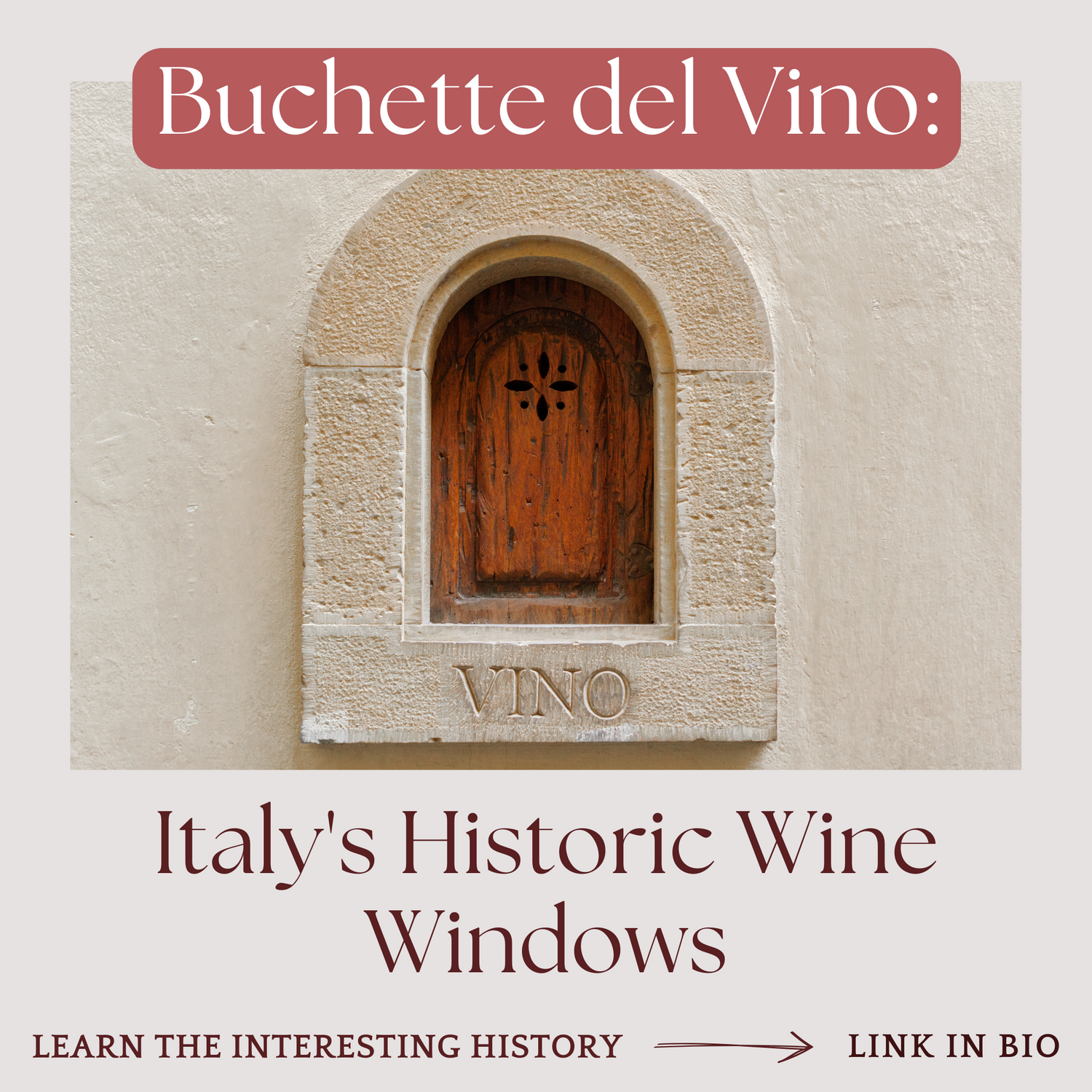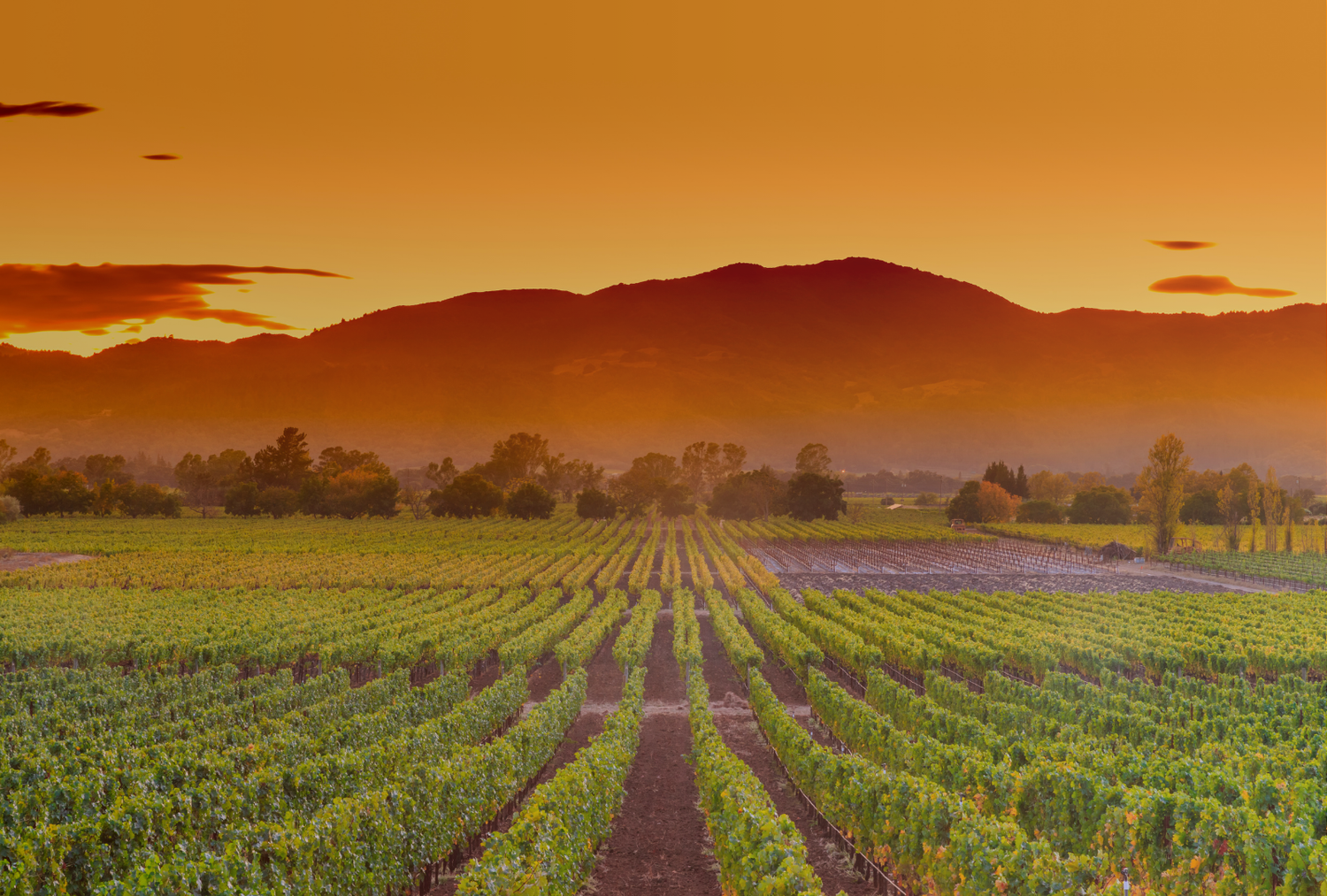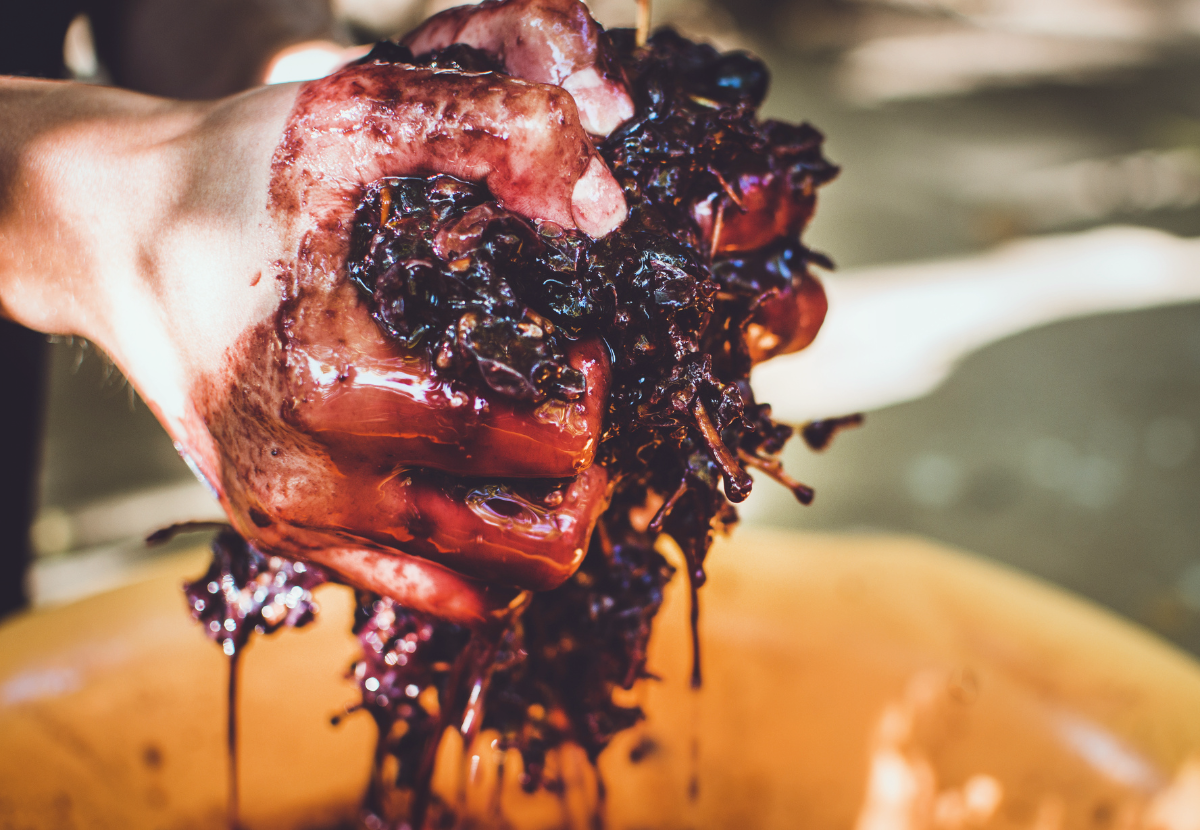
Hey there, wine enthusiasts! Ever wondered what that glass of wine would have tasted like way back when? From the ancient civilizations of Mesopotamia to the contemporary era, each period has left an indelible mark on the taste and appreciation of this timeless elixir. Join us as we uncork the past and savor the nuanced flavors that have shaped the world of wine, a journey that transcends centuries and continents.
Ancient Mesopotamia (around 4000 BCE):
In the cradle of civilization, the Sumerians cultivated the earliest known grapevines around 4000 BCE. These ancient Mesopotamians were the pioneers of winemaking, fermenting grapes into a beverage they called "sikaru." Sikaru likely had a sweet and fruity taste, as these early winemakers had not yet discovered the benefits of aging or the nuances of fermentation.
Ancient Egypt (around 3000 BCE)
Down the Nile we go to ancient Egypt, where wine was a big deal in religious ceremonies and daily life. The Egyptians stepped up their winemaking game, storing their wines in amphorae and figuring out that grape varieties make a difference. The addition of herbs and spices might have lent an aromatic and exotic quality to their wines. So, their wine was likely a bit richer and more refined than what the Sumerians were sipping, with a knack for finding that sweet spot of balance and subtlety.
Ancient Greece (around 800 BCE)
The Greeks elevated wine to an art form, attributing its creation to the god Dionysus. The symposium, a social gathering where men discussed philosophy and the arts over wine, became an integral part of Greek culture. Greek wines, often mixed with water and flavored with herbs like thyme or honey, had a more complex taste profile. The Greeks also recognized the importance of terroir, emphasizing the influence of soil and climate on wine flavors.
Ancient Rome (around 200 BCE)
As the Roman Empire expanded, so did the cultivation of vineyards across its vast territories. Romans developed a taste for aged wines, recognizing the transformation that occurred when wine was stored in wooden barrels. Falernian wine, produced in the region of Campania, was particularly renowned for its bold flavors and aging potential. The Roman elite valued wines with a good balance of sweetness and acidity.
Medieval Europe (5th to 15th century)
With the fall of the Roman Empire, winemaking continued to thrive in monasteries throughout medieval Europe. During this period, wines were often sweeter, with the addition of spices and herbs to mask any of flavors. The taste of wine varied widely depending on the region and the techniques employed by local winemakers. The overall flavor profile during this period was likely influenced by the need to mask any undesirable flavors and create palatable beverages.
Renaissance and Baroque Periods (14th to 18th century)
Now, let's fast forward a bit to the Renaissance and Baroque periods. During this time, European winemaking continued to evolve. In regions like Bordeaux and Burgundy, vineyards gained fame for producing wines with distinct characteristics. The taste of these wines was influenced by factors like grape varieties, fermentation techniques, and aging processes. The aristocracy and royalty often had a say in the preferred styles, and wine became not just a drink but a status symbol.
19th Century: Industrial Revolution and Globalization
The 19th century marked a significant shift in winemaking with the onset of the Industrial Revolution. Innovations like the cork and the wine bottle, along with improved transportation, allowed wines to be stored and transported more efficiently. This era also saw the classification of certain wine regions, setting the stage for the concept of "terroir" to gain prominence once again. Wines from different parts of the world became more accessible, introducing new flavors and styles to enthusiasts.
20th Century: Modernization and Diversity
As we step into the 20th century, winemaking continued to modernize. Advances in technology, such as temperature-controlled fermentation and stainless steel tanks, provided winemakers with greater control over the winemaking process. This period also witnessed the emergence of "New World" wine regions, like California, Australia, and South America, challenging the dominance of traditional European wines. The taste of wine became more diverse, with variations ranging from bold and fruit-forward to subtle and elegant.
Conclusion
As we raise our glasses today, the taste of wine reflects a rich tapestry woven through centuries. From the sweet sips of ancient Mesopotamia to the diverse array of flavors in the modern era, wine has been a constant companion to humanity's journey. Each era has contributed something unique to the story of wine, and the adventure continues as winemakers experiment with new techniques and consumers explore a vast and ever-expanding world of flavors. So, here's to the timeless elixir that has evolved and adapted, inviting us to savor the taste of history with every sip. Cheers!




